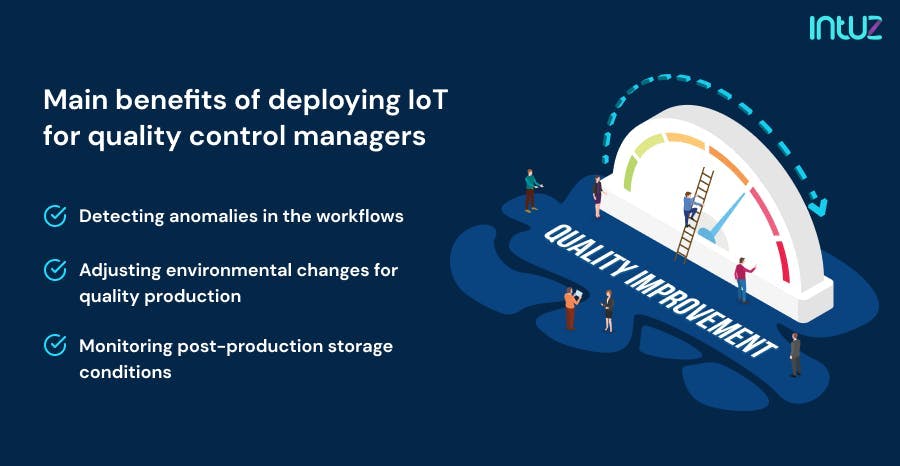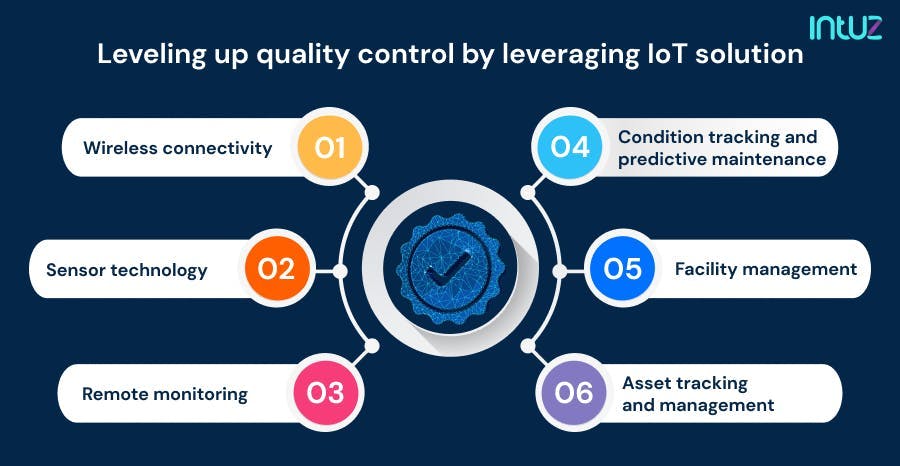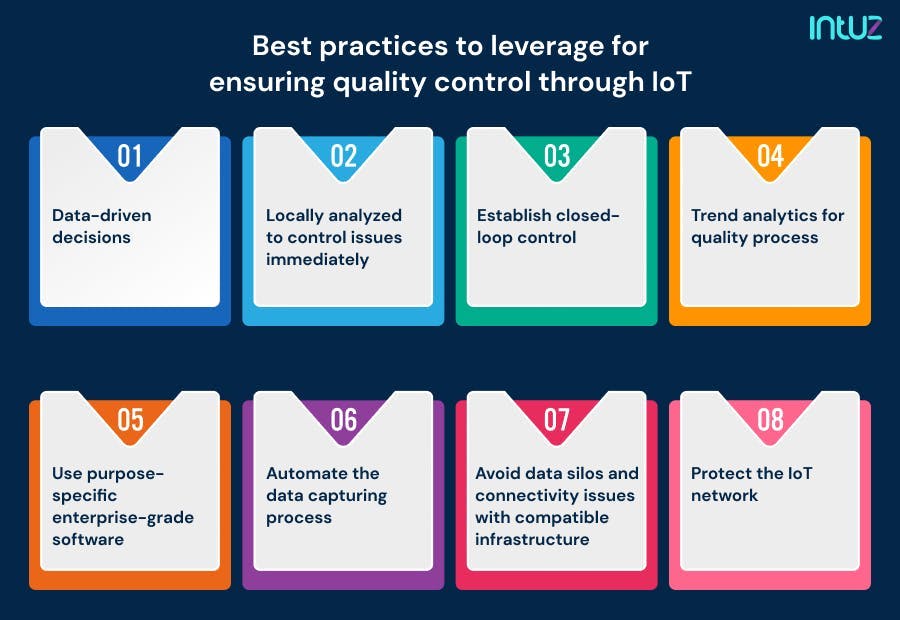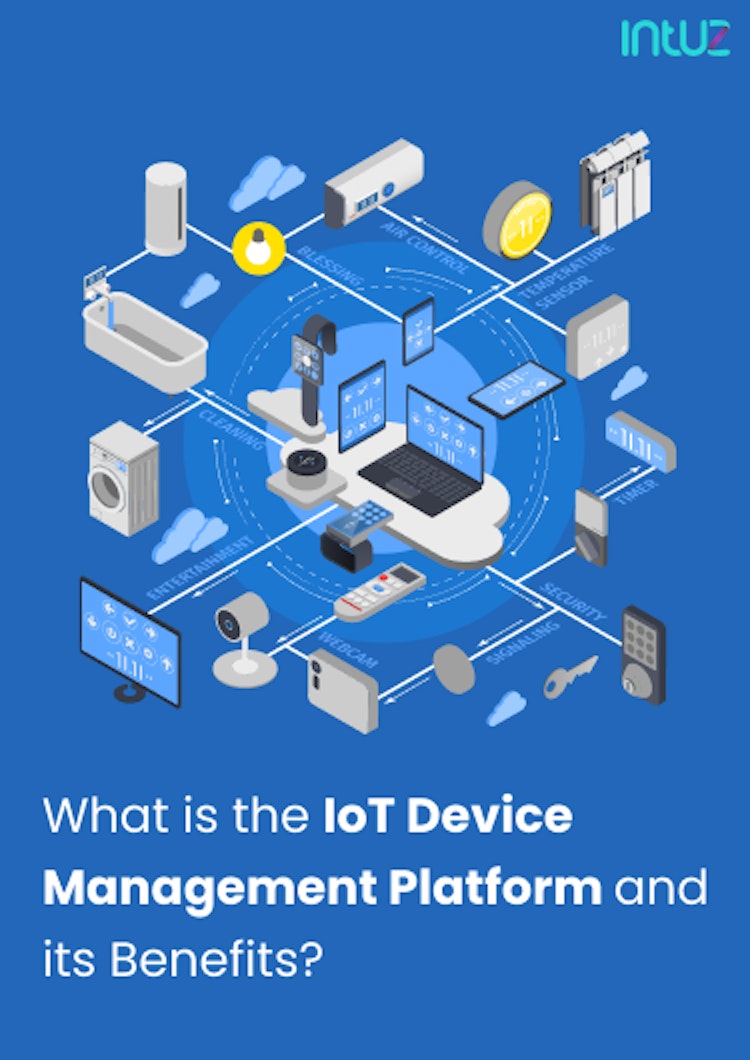Quality control has become a fundamental aspect of every industry that engineers and transports physical goods in the past decade. However, the concept of quality control is essential in the manufacturing domain.
The thing is, manufacturers strive for high-quality results and minimal rejection rates consistently to offset the steep material costs and supply to even more volatile market demand — norms in the industry.
No wonder so many manufacturing businesses have been super focused on improving their quality control workflows by integrating new technologies to enjoy a competitive advantage.
A gander at common quality control management challenges
One of the most effective ways to manage quality is through constant monitoring and control. Yes, that is obvious! Equipment must constantly be recalibrated as process drifts or other changes happen on a production line to ensure product properties remain consistent.
It is challenging for manufacturing businesses that rely heavily on wired networks and complex tooling systems to maintain quality. But it is what it is.
Wired networks are not suitable for capturing crucial data and even do not facilitate data sharing beyond the factory floor. Traditional quality management is expensive as it is based on manual post-production inspection.
The entire practice is reactive, and the quality varies considerably thus, rendering it ineffective. The data is collected manually, and through traditional systems, therefore, it does not contribute to the improvement of production efficiency.
Likewise, dense structural facilities require wireless communication that can travel long distances hassle-free. Wireless solutions should be able to integrate with legacy systems and break down data silos, providing access to previously inaccessible information.
Is IoT the answer manufacturers are seeking?
IoT or the Internet of Things is not just reinventing today's businesses; it is disrupting them for the better. IoT refers to a complete network of smart devices, people, mechanics, digital machines, and other objects that work in sync to transmit data sets from one point to another.
IoT has a proven track record of predicting maintenance issues along with processes and businesses in general. It can also deploy preventative measures. Ever since its advent, IoT has helped improve customer satisfaction and boost profits and productivity and continues to do so.
With IoT gradually paving the way across the manufacturing sector, we can expect massive transformational business opportunities.
Are You Ready to Minimize Defects, Maximize Efficiency with IoT-Powered Quality Control?
Let's Get StartedFuture-proofing Industry 4.0 with proactive quality management
The connected world is transforming the manufacturing industry. The IoT technology for Industry 4.0 is a powerful tool for industrial organizations to improve process visibility, streamline workflows, and become more efficient.
The latest generation wireless instrumentation delivers dependable connectivity with industry-grade reliability. Industry 4.0 utilizes the power of wireless networking and IoT sensors to collect data along the production process.
Analyzing IoT data gives manufacturers unprecedented control over their operations and product outputs. Proactive quality assurance practices catch defects in production processes and diagnose possible problems before they happen.
It reduces costs associated with rework while giving manufacturers the capability for high-level scalability and interoperability amidst cross-functional departments.
Even though wireless instrumentation is not new to manufacturing, critical requirements in terms of power, ease of integration, and range limit the viable options. For instance, industrial monitoring apps can require thousands of sensors to transmit millions of messages per day.
This calls for a highly agile and expansive power-efficient solution that can swiftly inflate total ownership expenses.
The main benefits of deploying IoT for quality control managers

1. Detecting anomalies in the workflows
Quality managers can leverage remote visibility and management features to detect conditions that are off specifications. It can be identified even from running equipment and processes to avoid the risk of potential product defects. It facilitates timely troubleshooting to eliminate the occurrence of similar hindrances in the future.
2. Adjusting environmental changes for quality production
The IoT technology helps quality managers improve their quality control models. Information about all quality-related problems and their sources is available for manufacturers. They can use it to improve and optimize the existing quality control processes.
Ongoing sensor inputs are processed in real-time to react to unwanted fluctuations in variables that impact product quality. Any changes in environmental conditions or raw material quantity are adjusted automatically to achieve consistent product quality.
3. Monitoring post-production storage conditions
IoT sensor networks can also help monitor post-production transport and storage conditions. It is helpful for products with limited shelf-life or others that change quality due to fluctuations in temperature, humidity, and pressure.
Leveling up quality control by leveraging IoT solution development: Top tips for manufacturers to follow
Industry 4.0 will be driven by industrial IoT. Reports suggest that the global number of Industrial IoT connections will be 36.8 billion by 2025.
The next generation of connected devices will transform the industrial process by improving quality and reducing costs. It will enable the following for industries:

1. Wireless connectivity
The right IoT connectivity can be provided by selecting suitable devices with sufficient range, power backup, and ease of integration. Quality control processes require the installation and connectivity of thousands of sensors.
The setup should be scalable and power-efficient to keep costs under check. Legacy connectivity through cellular (3G or LTE), local area networks (Wi-Fi), Bluetooth, Zigbee, and Z-Wave are not efficient enough to span the large-scale manufacturing units — as discussed previously.
The newer generation of connectivity providers should offer wireless connectivity through Low-power wide-area networks (LPWAN) to establish a latency-free network.
These advanced wireless solutions must also integrate with traditional equipment to make information accessible and utilize existing infrastructure. 5G compatible devices will catalyze production and ensure higher connectivity with low latency.
2. Sensor technology
Quality control automation is essential to ensure the consistent quality of your products. Manual inspections can be tedious and prone to error, while more complicated vision systems require too much time or money.
Deploying sensors to track changes in temperature, pressure, positions, levels, length, and height of equipment and material in industrial production facilities. Sensor technology supported by IO-Link communication allows real-time inspection across the production line.
It even performs complex inspections and makes those to be conducted in difficult-to-reach places easier and cost-effective. Tracking sensor performance also helps in identifying trends in inspection results.
Analysis of these trends helps in predicting maintenance needs and reduces downtime. The practice will ultimately bring down unnecessary costs by a large margin.
3. Remote monitoring
Factory floors have a lot of sensitive equipment, machinery, tanks, and pipelines that are critical to the manufacturing process. Overflow, leakage, or breakage of any assets can be hazardous, leading to the spillage of chemical products and gases.
It also leads to production losses and unnecessary downtime. Quality managers are also responsible for maintaining a safe working environment and ensuring public safety on the factory floor.
IoT-based sensors and cameras allow them to conduct continuous surveillance of these assets. It aids in remote monitoring and controlling the assets by checking levels, vibration, pressure, flow rate, and pressure sensors.
The requirement of manual checks can be minimized, and alerts are generated to prevent potential ruptures or overflows. This ensures that the equipment works efficiently round-the-clock and any disruptive glitches and flaws can be fixed, thus saving repair expenses.
4. Condition tracking and predictive maintenance
IoT sensors are able to capture and communicate a wide range of metrics. They can be deployed on entire floors and even on individual machines within an industrial complex. Sensors capture operational metrics that matter for quality control.
They read the pressure, temperature, humidity, vibrations, and voltage of machines across the entire industrial complex. The data is communicated in real-time to enable condition monitoring. In case of any anomalies, an alert is generated to notify quality managers.
Besides current condition monitoring, studying the data gives insights into asset condition and performance. These insights can be used for predictive maintenance and process optimization.
Quality managers can proactively conduct a demand-based inspection and carry out repairs to minimize downtime. Decisions regarding the replacement of aged equipment can be made based on the data to achieve higher efficiency.
5. Facility management
Digitizing management of facilities ensures the protection of critical plant assets. One can remotely monitor IoT-enabled facility resources, such as elevators, smoke detectors, temperature sensors, and fire alarms.
They periodically send data to the facility managers, helping them ensure environmental quality. They can quickly respond to any issues and prevent interruptions in the product line.
Manufacturers can cut down expenses on the time-consuming manual inspection while improving productivity through a comfortable working environment.
6. Asset tracking and management
IoT is changing the way companies manage their assets. Instead of tracking individual assets, they need a holistic view of all of them. The information must be flexible so that they can drill down areas needing attention.
Connecting assets across various sites through IoT sensors allows them to capture information about the utilization of assets. The data can be used to identify under and over-utilized assets over a period time for optimization purposes.
Equipment and vehicle health checks can also be conducted through IoT sensors while they are running. It helps minimize the need for manual checks and record-keeping.
It can help in predictive maintenance to minimize repair expenses and downtime. Real-time data helps asset managers eliminate excessive ordering of spare parts and equipment. This keeps unnecessary company spending in check besides efficiently managing the assets.
Best practices and tools to leverage for ensuring quality control through IoT solution development
Quality managers can utilize IoT to realize the full potential of their production processes. They must establish the industrial IoT framework using the following best practices:
- Data-driven decisions ensure optimal utilization of assets.
- IoT data must be locally analyzed to detect and control issues immediately.
- Establish closed-loop control to drive quality enhancements in future devices.
- Trend analytics can be used to ensure consistent quality and improve processes.
- A detailed analysis of gathered data must be conducted to prevent poor product quality.
- Use purpose-specific enterprise-grade software systems to ensure lean information flow.
- Automate the data capturing process to obtain it in real-time supports statistical process control (SPC).
- IoT solutions must be compatible with existing infrastructure to avoid data silos and connectivity issues.
- One must protect the IoT network and smart manufacturing system against cyber threats with real-time threat notifications.
- Connectivity solutions should be able to deliver steady streams of data and ensure continuous communication amongst equipment.
- Complex IoT processes must be outsourced to IoT experts to ensure proper technology implementation throughout the manufacturing site.

There are a couple of IoT tools that help prepare the manufacturing site for advanced quality control. Check them out:
- IoT device controllers
- IoT-enabled tools such as sensors, detectors, and alarms
- Software for the controller to communicate and collaborate on the collected data
- An intuitive platform for visually presenting information and making it useful for decision-makers
Ready to Optimize Your QC Process? Let's Talk IoT Integration!
Contact UsOver to you
IoT implementation can disrupt the manufacturing industry by taking quality management and operational efficiency to the next level. Manufacturers can ensure consistent quality of products to boost customer loyalty while staying on top of the competition.
The global IoT in the manufacturing market size is estimated to grow at a CAGR of 10.1% and reach $53.8 billion by 2025. That is a large figure to note. And given the manufacturing sector was badly hit due to the ongoing pandemic, the statistic points to a more favorable future.
IoT-based solutions address the rising need for centralized monitoring and predictive maintenance of assets. Intelligent connected devices provide quality experts the ability to identify hidden patterns in the production line's performance.
It is helpful to streamline the end-to-end manufacturing process and manage warehousing needs. Making informed decisions will help them control costs by increasing automation and restricting on-demand inspections. Embedding security solutions in manufacturing systems will enable failsafe production.
Book a Free 45-minute Consultation with Our IoT Experts Today! Get a customized roadmap and strategies to leverage IoT to optimize your manufacturing processes and ensure excellent quality control workflows.



